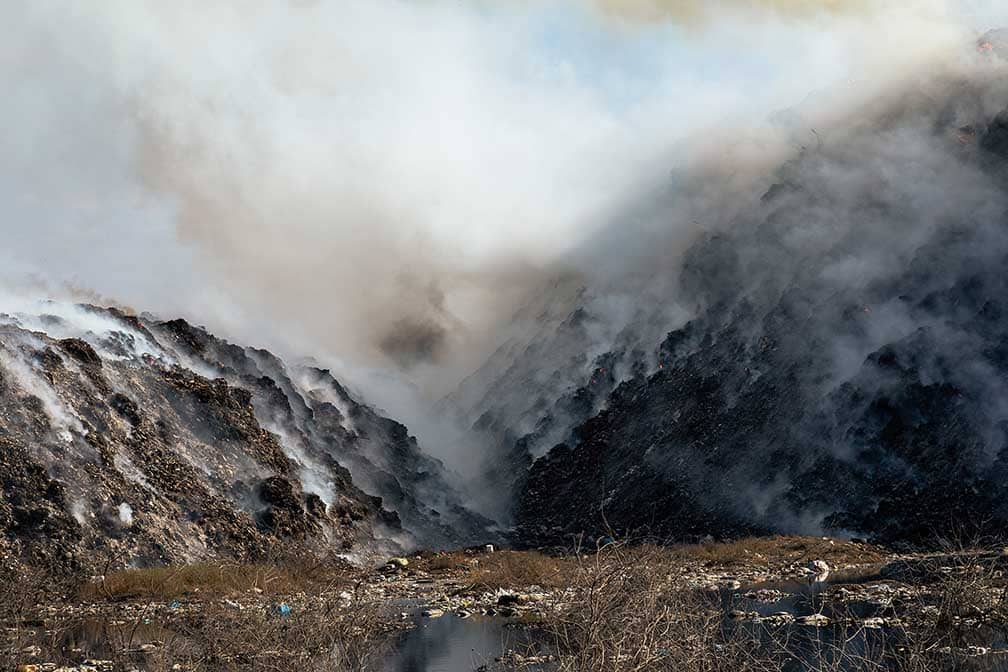
Table Of Contents
With the passage of The PACT Act, millions of veterans are now eligible for expanded disability benefits related to burn pit smoke and other toxic exposures. Are you eligible to receive benefits? Here’s everything you need to know……
WHAT IS A BURN PIT?
Used by the US military and contractors, Burn Pits have been used to burn…..
- Plastics
- Rubber
- Chemical mixtures
- Medical waste
- Paint
- Aluminum
As well as many other items which can produce dangerous toxic smoke.
WHAT ARE THE HEALTH RISKS?
The Department of Defense and the VA acknowledge the potential health risks of burn pits. From short-term symptoms such as…
- Nausea
- Headaches
- Burning, dry, and irritated eyes
- Nasal congestion and Sneezing
- Sore throat and cough
To more severe long-term effects on the
- Skin
- Respiratory system
- Eyes
- Liver
- Kidneys
- Central nervous system
- Cardiovascular system
- Reproductive system
- Peripheral nervous system
- And gastrointestinal tract
Additionally, the VA finds a number of cancers presumed to be caused by burn pit exposure.
WHAT IS THE BURN PIT LAW?
Veterans suffering from these conditions may have new-found hope with the Burn Pit legislation. The Pact Act as it’s known, the Promise to Address Comprehensive Toxics Act, is perhaps the largest health care and benefit expansion in VA history.
WHAT CHANGES WILL THE PACT ACT BRING?
The Pact Act…
- Expands and extends eligibility for toxic exposures for veterans of
- The Vietnam War
- The Gulf War
- and other post-9/11 era engagements.
- It adds more than twenty new conditions for burn pits and other toxic exposures
- The VA is required to provide toxic exposure screening to veterans enrolled in VA health care
- And it adds more presumptive-exposure locations for Agent Orange and radiation
WHAT DOES THE PACT ACT MEAN TO YOU?
If you feel your condition is linked to burn pit toxic fumes, you could receive benefits. In some cases, the benefits can amount to several thousand dollars a month.
WHAT ARE THE KEYS TO RECEIVING BENEFITS?
In order to prove your case, you must…
- Connect your condition to a specific event in your military service
- Show medical evidence of recurring or persistent systems
- And provide a medical diagnosis
HOW TO START A CLAIM?
If you’d like to start a claim, you can visit the VA’s website where you’ll find the Airborne Hazards and Open Burn Pit Registry. Here you can add your name to the registry and begin building your case.
HOW CAN WE HELP?
Navigating the VA can be complicated and confusing. If you’d like help, our advocates are standing by. We know the law and how to get veterans approved. Call 855-855-8992 or contact us today to set up a free consultation.

What are Effective Dates of VA Disability Claims and Why Do They Matter?
What are Effective Dates of VA Disability Claims and Why Do They Matter? In simple terms, the...

What is Pes Planus and How Is It Rated?
What is Pes Planus and How Is It Rated? Pes Planus (Flat Feet) VA Disability: Ratings, Symptoms,...

Are Disabled Veterans Eligible for TRICARE?
Are Disabled Veterans Eligible for TRICARE? Simply being a disabled veteran doesn’t necessarily...





